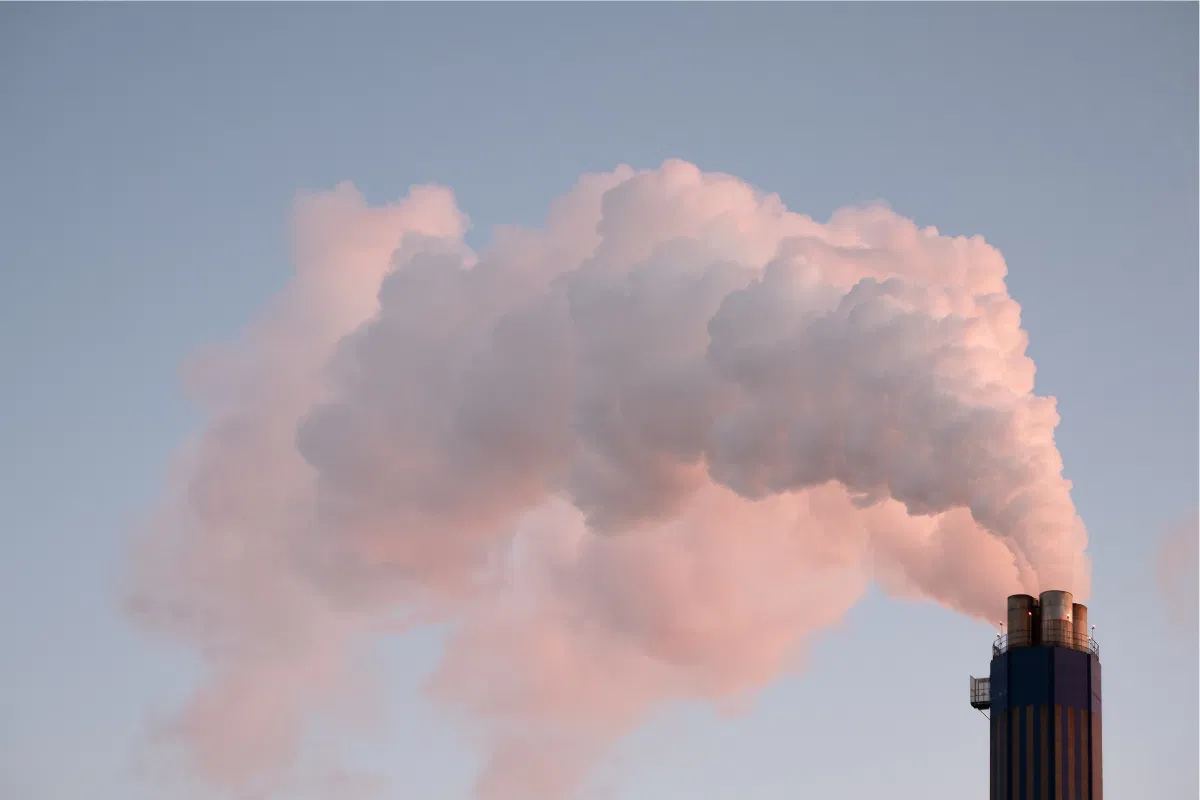By Tarek Salame
By 2040, the EU wants to slash greenhouse gas emissions by 90%. That’s not just a climate goal — it’s a reset of how Europe moves, fuels its homes, and runs its industries. But this isn’t being welcomed with applause. Environmental groups and researchers have already pushed back, saying the plan skips over reality. Inside the Commission, the tone is less confident and more cautious — caught between what voters want to hear and what scientists say we’re running out of time for.
What does this 90% cut ask of governments, and how will it reshape industries as well as household costs? Why are some interested in becoming a milestone built on accounting tricks?
What the 90% actually includes
90% emissions cut by 2040 sounds like a bold step. If passed into law, it would make the EU one of the most ambitious in the developed world. According to the Commission’s draft, most of these reductions would come from sectors like industry, energy, and transport, which are the usual suspects.
From 2036 onwards, the EU would allow up to 3% of the target to be met through internal carbon credits.
These are offset schemes, often based in other countries, that promise to cancel out the EU’s emissions by planting trees or funding green energy abroad.
The proposal would allow for a share of so-called carbon removals from domestic land use and Forestry systems to count towards the target.
However, there is a credibility gap, as the EU’s Scientific Advisory Board on Climate Change has warned that relying on credits can undermine genuine emission reductions and weaken public trust.
The political divides behind the plan.
Germany, Denmark, and the Netherlands have generally backed tougher climate action — not just for the environment, but because they see it as a safety net for their economies and energy future.
Some governments want a simpler route — fewer required cuts now, and more emphasis on clean-tech upgrades and better ways to track emissions down the line.
Not everyone’s on board. Hungary, Poland, and Italy have voiced doubts — especially about how this might affect energy bills and economic balance. Hungary in particular argues the plan’s too stiff and could shake up weaker economies instead of helping them.
Right now, the Commission is walking a tightrope — trying to keep climate promises credible in time for COP30, but without rocking the political boat too hard at home. Whether it succeeds depends not just on the target but on how much the consensus of the EU can actually maintain.
Several major NGOs have echoed that concern.
Greenpeace EU, Transport & Environment, and Carbon Market Watch all released statements calling the proposal a missed opportunity and a political compromise dressed as climate ambition.
Their focus is less on the long-term goal and more on the next decade, arguing that the 2030–2040 window is where most real progress must happen — or be lost.
How this positions the EU on the global stage
With COP30 Brazil just months away, the United States is expected to scale back its climate ambitions under renewed political pressure. Europe has positioned itself as a stabilising force in global negotiations.
The European Commission hopes the plan will reinforce the bloc’s ability to be a long-term planner for the region, setting it into binding targets. This could support green trade policies, including a stricter carbon border tax and sustainability clauses, as well as trade deals with Latin America, Africa, and Southeast Asia.
If other countries view the EU’s target as relying too heavily on offsets or creative accounting, it could weaken the bloc’s moral authority, especially in climate-vulnerable regions. Some developing countries have long accused Europe of outsourcing emission reductions while maintaining high levels of consumption.
But the bigger test may come not from rivals but from allies, with the UK now charting its own energy policy post-Brexit, as well as the US entering a contentious election cycle. The EU’s 2040 plan could either raise the bar or highlight how far the rest of the West has slipped.
